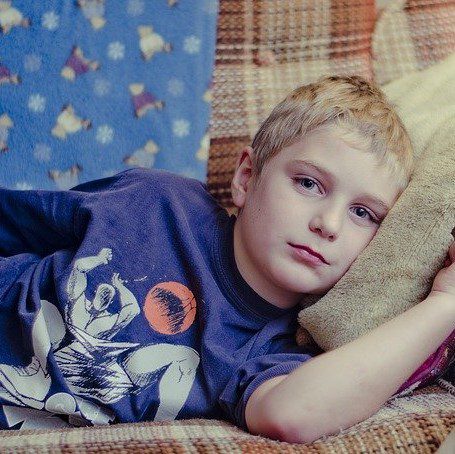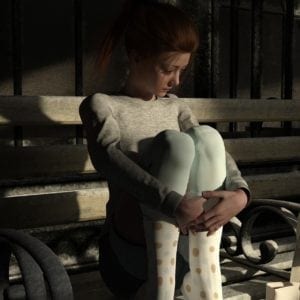Stanford University Geneticist Ronald Davis faced one of the most challenging research projects of his career. According to a recent article in The Scientist, ten years ago Whitney, his son, was disabled by a disease that rendered him unable to manage on his own.
At that time Whitney, who was a photographer who loved to travel and photograph on location, was overcome by a disease and eventually unable to eat or to speak. It took ten years before Davis was able to locate a doctor who could offer a definitive diagnosis. According to this doctor, Whitney’s symptoms pointed to myalgic encephalomyelitis/chronic fatigue syndrome (ME/CFS).
Surprisingly, Davis found that there was scant research on this disease but even more disheartening, no treatment was currently available. That was the turning point for Davis. He was going to not only help his son but others with this mysterious disease.
The First Step Towards Discovery
Davis mounted a centrifuge in his tool shed behind his home. Every night after his work as the Director of the Genome Technology Center at Stanford, he would use the centrifuge to separate and analyze his son’s blood. The next day he would take the samples for testing at his lab.
Whitney’s symptoms were ever-changing and ranged from brain fog to severe fatigue, muscle pain, or intestinal disorders.
These symptoms are associated with PEM, or post-exertional malaise, as they become worse after mental, physical, or even emotional exertion. A typical example would be simple, daily hygiene.
Changing Course
Davis gradually changed the focus of his own work. One would ask why Davis would put his job in jeopardy for an unknown disease that many thought was psychological.
Ever since the 1980s ME/CFS outbreak, chronic fatigue syndrome was considered a “yuppie disease” without evidence of a molecular cause.
Doctors were confused by its many symptoms. Lab test results often found no evidence of bacteria or virus. Therefore, any research money used to investigate the disease was considered not well invested. Davis understood that under these circumstances, scientists could not afford to study this disease.
This gave Davis all the motivation he needed to not only help Whitney but the estimated 800,000 to 2.5 million people with ME/CFS. Davis had one advantage in the availability of his well-equipped research lab.
It Takes a Village
Davis began by recruiting several scientists from his lab. They volunteered to test samples of Whitney’s blood. The samples were run through hundreds of thousands of tests.
Davis kept his full schedule of genetics research. He now added his most ambitious project, which often involved working well into the night and weekends. Davis mapped Whitney’s genome on several occasions. His past experience with the Human Genome Project made this possible.
About the Human Genome Project
In 2003 The International HGP mapped the human genome for the first time. The goal of this tremendous project was to map and understand all the genes of human beings. Together, they are known as our “genome”.
One segment of the project consisted of making maps showing the locations of genes for sections of our chromosomes. Another segment produced linkage maps that tracked inherited traits through generations.
As a result of the HGP, Davis and his team were able to search for bacterial or viral genetic information or mutations that were embedded in Whitney’s genome.
About Test Results
Davis and the team discovered, among other abnormalities in Whitney’s cells, unusual gene mutations and an overactive immune system. Whitney’s fatigue was found to be caused by abnormalities in his citric acid cycle. These abnormalities were discovered by a company that analyzed his metabolites. These small molecules are found in organisms, tissues, biofluids, and cells.
Funding the Project
Davis was the recipient of the Gruber award that granted a $500,000 genetics prize. He dedicated the award to ME/CFS research. When those funds were exhausted, Davis created a scientific advisory board consisting of his friends and colleagues. Several board members are Nobel Price winners. Davis was able to expand his research as new money became available.
ME/CFS has now become Davis’s primary research project. Davis has made inroads in the field and ME/CFS has finally been accepted officially as a biological disease. Along with this acceptance, federal funding for ME/CFS has substantially increased.
Treatment thus far has still been elusive, but talented investigators have joined Davis in search of a cure. Now Davis is not alone in his quest to find treatments for millions of people with the disease.
Details of Davis’s struggle and those of his son are laid out in an excellent book entitled “The Puzzle Solver.”








